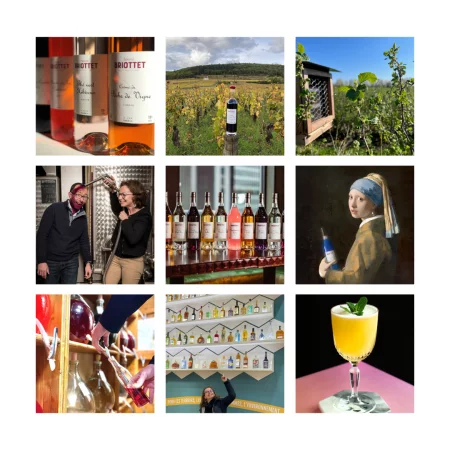 Maison Briottet
Maison Briottet11 January 2024
In terms of the media, 2023 was a busy year for Briottet in the press, on television and on the radio. We shared our story with France Bleu, in a podcast entitled “Bienvenue chez vous en Bourgogne”. On the programme: tasty, crisp anecdotes that reveal a little more about our House, and the excellence that